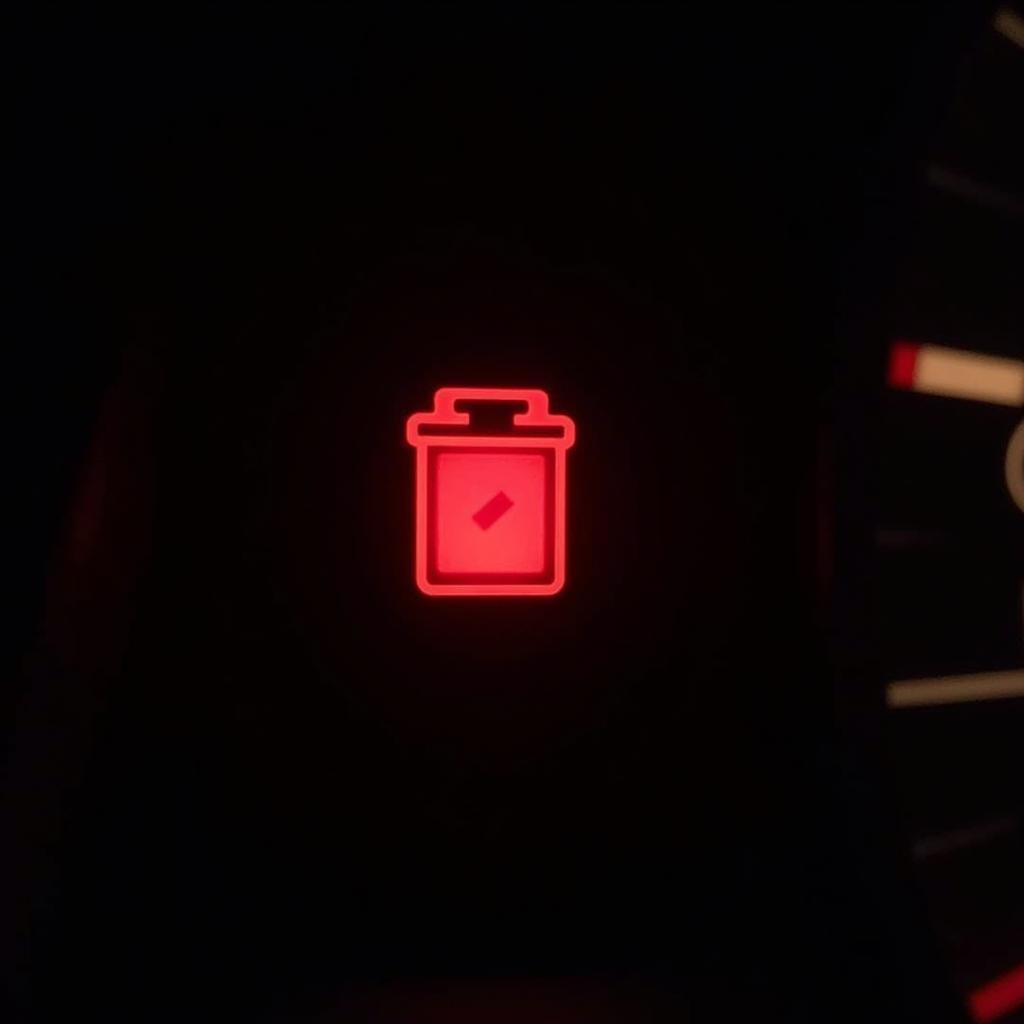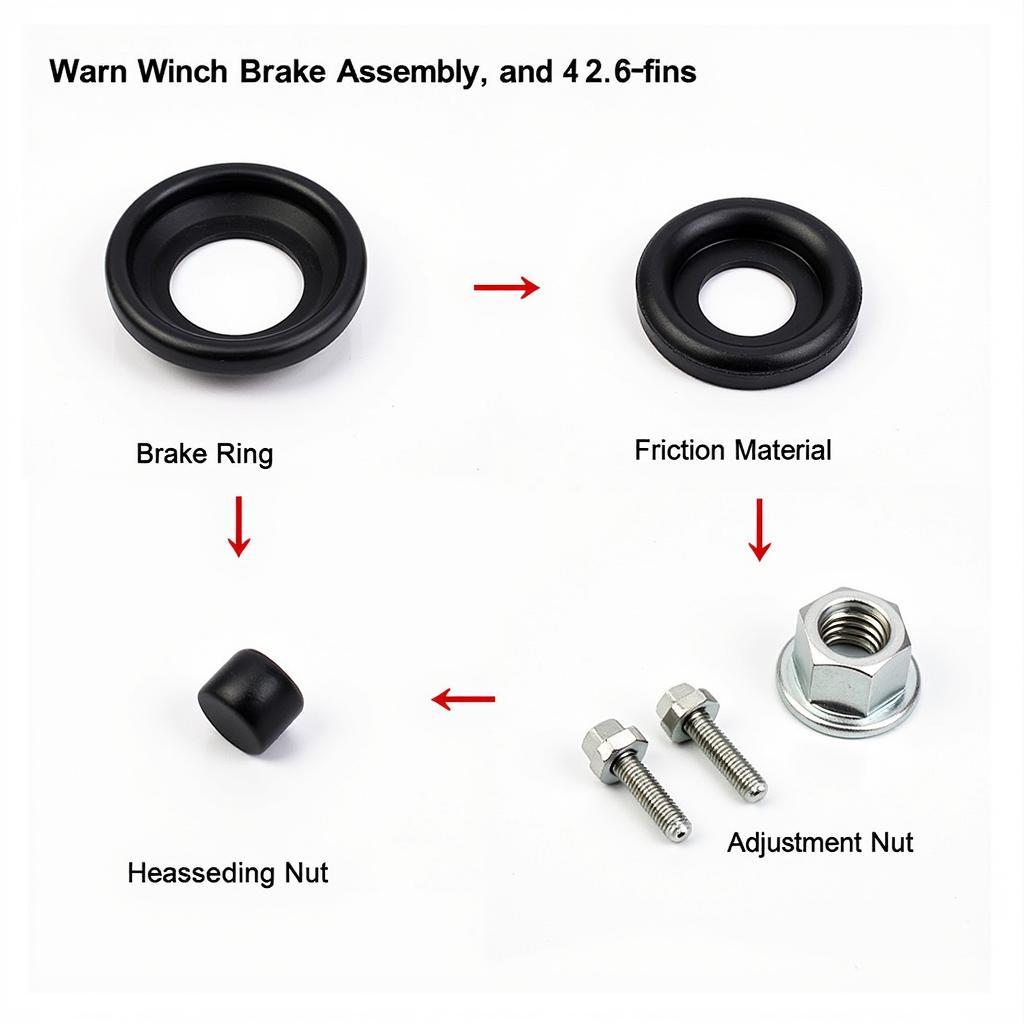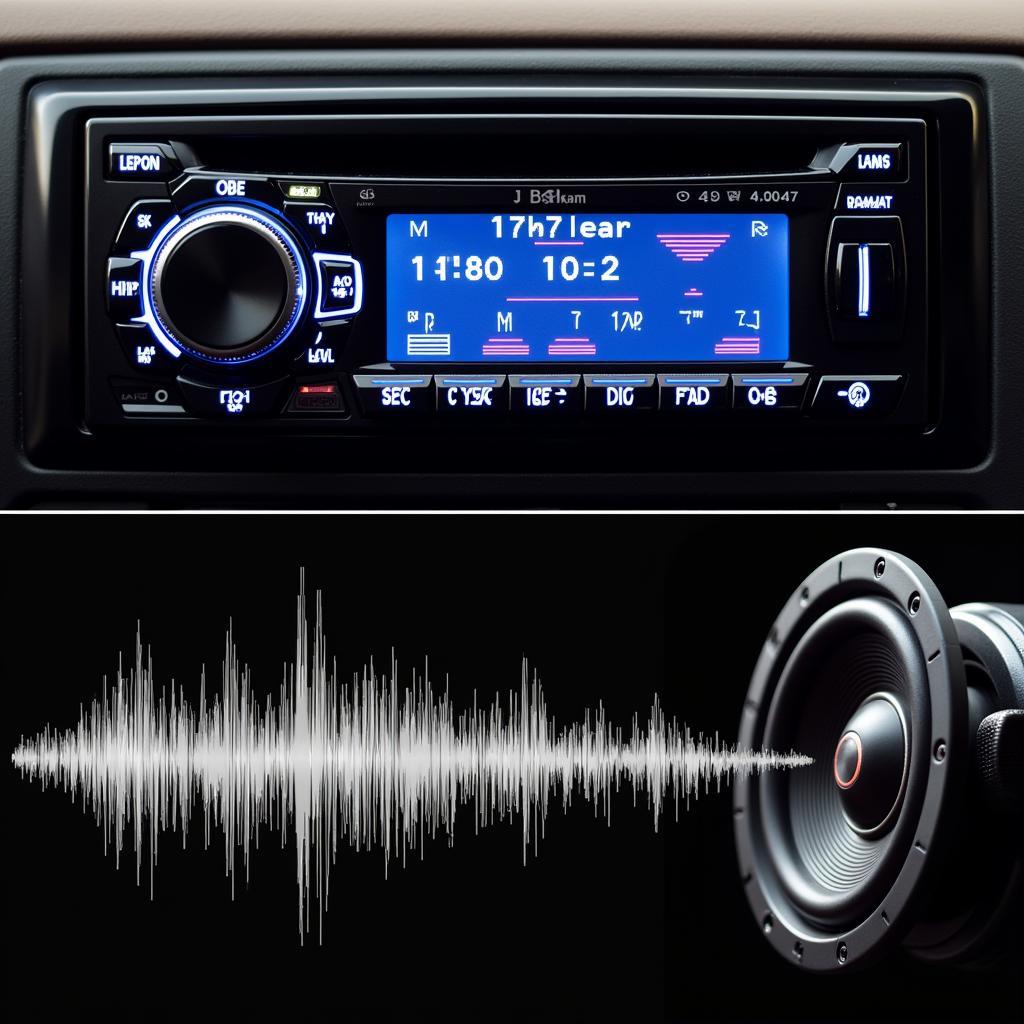The battery indicator car dashboard light is more than just a glowing icon; it’s a vital communication link between your car’s electrical system and you. Understanding its nuances can save you from unexpected breakdowns and costly repairs. This comprehensive guide delves into everything you need to know about your car’s battery indicator, from its basic function to troubleshooting common issues.
Understanding the Battery Indicator Light
Your battery indicator car dashboard light, typically a red battery symbol, illuminates when the ignition is turned on and should extinguish once the engine starts. This initial illumination confirms the light is functional. If the light remains on, flickers, or comes on while driving, it signals a potential problem within the charging system. Don’t ignore it!
What Causes the Battery Light to Stay On?
Several issues can trigger a persistent battery light on your car dashboard. The most common culprit is a failing alternator. The alternator’s role is to recharge the battery while the engine runs. A malfunctioning alternator fails to replenish the battery’s charge, causing the light to illuminate.
Other potential causes include:
- Loose or corroded battery terminals
- A bad battery
- Damaged wiring within the charging system
- Faulty voltage regulator
How to Troubleshoot a Battery Indicator Car Dashboard Light
If your battery light stays on, the first step is to visually inspect the battery terminals for any signs of corrosion or looseness. Cleaning the terminals with a wire brush and ensuring a tight connection might resolve the issue.
If the problem persists, consider these steps:
- Check the drive belt: A broken or slipping drive belt can prevent the alternator from functioning correctly. Inspect the belt for wear and tear.
- Test the battery voltage: A multimeter can be used to check the battery’s voltage. A reading below 12.6 volts with the engine off suggests a weak or failing battery.
- Test the alternator output: With the engine running, the alternator should output around 14 volts. A lower reading indicates a potential alternator issue.
 Car Battery Dashboard Light Illuminated
Car Battery Dashboard Light Illuminated
Beyond the Basics: Advanced Diagnostics and Remote Solutions
In today’s technologically advanced automotive landscape, remote diagnostics and software solutions play an increasingly crucial role in identifying and resolving car issues, including those related to the battery indicator car dashboard. Specialized software can analyze data from your car’s onboard computer, pinpoint the root cause of the problem, and even facilitate remote programming and installations to rectify the issue.
The Power of Remote Programming
Imagine having a software issue within your car’s charging system that’s causing the battery light to illuminate. Instead of a time-consuming trip to the mechanic, remote programming allows a qualified technician to access your car’s system remotely, diagnose the problem, and install the necessary software updates to fix it. This saves time and reduces inconvenience, especially for issues that don’t require physical part replacement.
“Remote programming is revolutionizing car repair,” states Michael Stevens, Lead Automotive Electrical Engineer at AutoTech Solutions. “It allows us to quickly and efficiently address software-related issues without requiring the vehicle to be physically present in the workshop.”
Diagnosing Intermittent Issues
Intermittent problems, where the battery indicator car dashboard light flickers or appears only under specific conditions, can be particularly challenging to diagnose. Remote diagnostic tools can monitor the charging system over extended periods, capturing data during these intermittent events. This data analysis provides valuable insights that help pinpoint the underlying cause and prevent potential future breakdowns.
Keeping Your Battery and Charging System Healthy
Proactive maintenance is key to preventing battery and charging system issues. Regularly inspecting the battery terminals for corrosion, cleaning them as needed, and ensuring a tight connection can significantly extend the life of your battery and prevent charging problems.
“A little preventative maintenance can go a long way in avoiding costly repairs down the road,” advises Sarah Chen, Senior Automotive Technician at Efficient Auto Repair. “Regular battery checks and terminal cleaning are simple yet highly effective measures.”
Extreme Temperatures and Your Battery
Extreme temperatures, both hot and cold, can significantly impact your car battery’s performance and lifespan. In extreme heat, the battery fluid can evaporate, leading to internal damage. Conversely, cold weather can slow down the chemical reactions within the battery, reducing its capacity.
 Checking Car Battery Terminals
Checking Car Battery Terminals
Conclusion
Your battery indicator car dashboard light serves as a crucial warning system for your car’s electrical well-being. Understanding its significance and knowing how to troubleshoot related issues can prevent unexpected breakdowns and costly repairs. By combining proactive maintenance with the power of remote diagnostics and programming, you can keep your car’s electrical system running smoothly and ensure a reliable driving experience.
FAQ
- What should I do if my battery light comes on while driving? Safely pull over and assess the situation. If the car is drivable, proceed with caution to a nearby auto repair shop. If not, contact roadside assistance.
- How often should I check my battery terminals? It’s recommended to check your battery terminals every few months, especially during extreme weather conditions.
- Can I drive with the battery light on? While you might be able to drive for a short distance, it’s not recommended. Driving with the battery light on can lead to a complete electrical system failure.
- How long does a car battery typically last? Car batteries typically last between three and five years.
- What is the cost of replacing a car battery? The cost of replacing a car battery varies depending on the type of battery and the vehicle, but typically ranges from $100 to $300.
- How can I prevent my car battery from dying? Regularly checking and cleaning the terminals, avoiding short trips, and limiting the use of accessories while the engine is off can help prevent your battery from dying prematurely.
- Can a bad alternator drain my car battery? Yes, a faulty alternator won’t properly recharge the battery, eventually leading to a dead battery.



